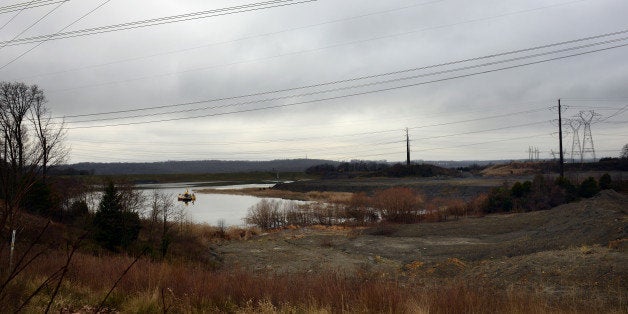
Power companies are closing down old, air polluting, coal-fired power plants as we move toward cleaner, more sustainable ways to generate electricity.
As these plants close, they leave behind a material known as coal ash. Coal ash is a public health hazard if it is not disposed of safely. It is a dangerous substance known to cause cancer and other illnesses and must be kept out of our drinking water.
Coal ash contains known carcinogens such as arsenic, lead and mercury. This is why the EPA is now regulating coal ash. As power companies shut down or upgrade their facilities while closing existing coal ash ponds, where much of this toxic material is temporarily stored, the need to permanently dispose of this hazardous byproduct is growing.
We now know that some waste disposal companies have been quietly exploiting a loophole in the new EPA rules, allowing them to dump toxic coal ash into municipal solid waste landfills. So far, these companies have dumped millions of tons of coal ash into unlined landfills across America -- putting our water supply at risk.
These landfills -- which are often located near neighborhoods and schools -- are simply not equipped to handle safely this toxic waste material. EPA rules do not require sufficient, common sense protections for the people who live near the landfills. Unfortunately, many of these landfills are disproportionally located in low-income and minority communities.
Today, I introduced The Coal Ash Landfill Safety Act to close the loopholes in the EPA rules. [Floor speech video] This will ensure landfills receiving coal ash are properly equipped with the necessary safeguards to protect the public from the health risks caused by drinking water contaminated by coal ash.
In addition to ensuring that landfills accepting coal ash are lined properly to protect ground water, the Coal Ash Landfill Safety Act would also protect communities by working to minimize coal ash dust in the air. It will require groundwater monitoring, mandate proper clean up, and require weekly, monthly and annual inspections, while also keeping the public informed by posting of monitoring data, inspection reports and corrective action plans online.
As we saw in Flint, we need to act at the federal level before our failure to do so results in irreversible damage to the health and environment of the communities we represent. I do not want American families, regardless of income level, to be unfairly and unreasonably exposed to toxic chemicals because dangerous materials such as coal ash are being deposited in inadequately protected facilities in their neighborhoods.
Together we can find sensible solutions to the problems we face.